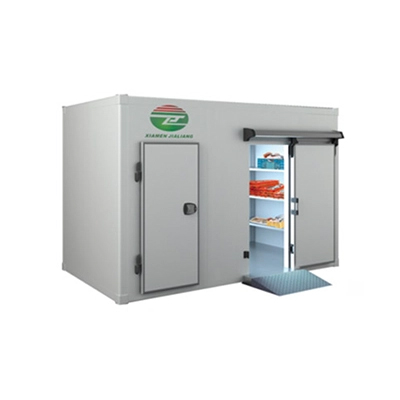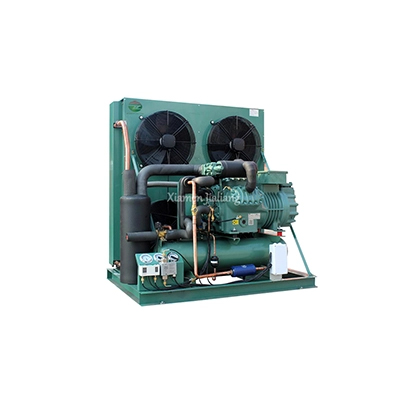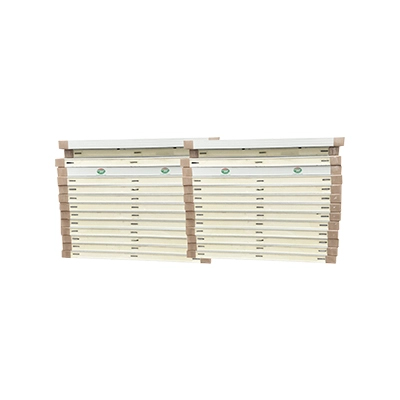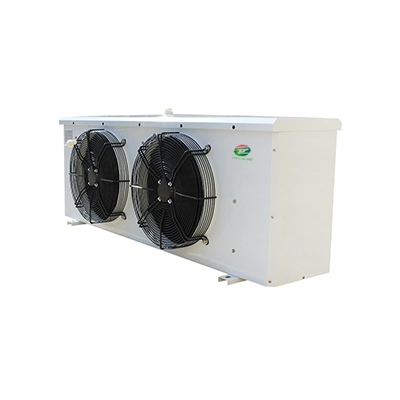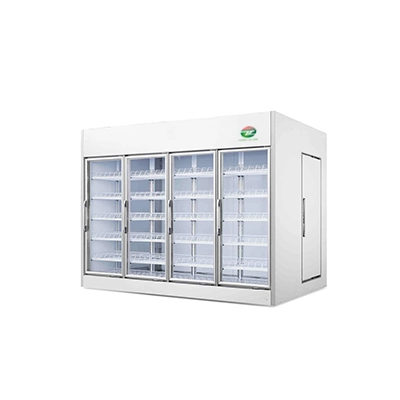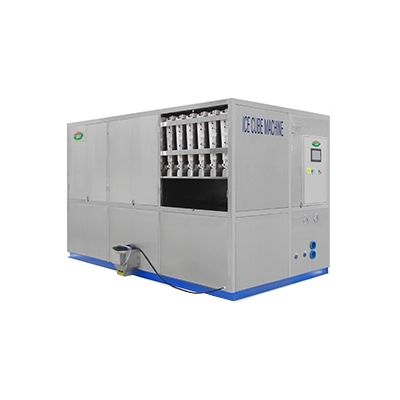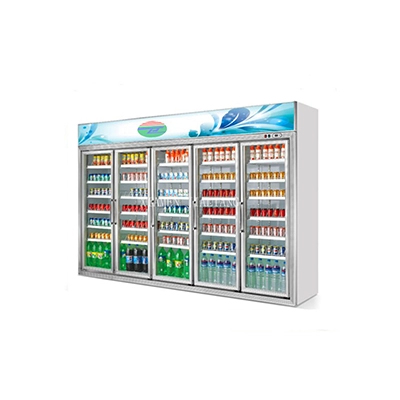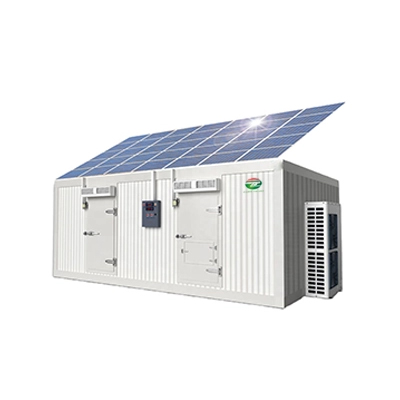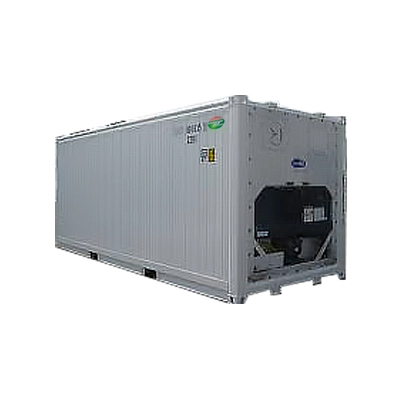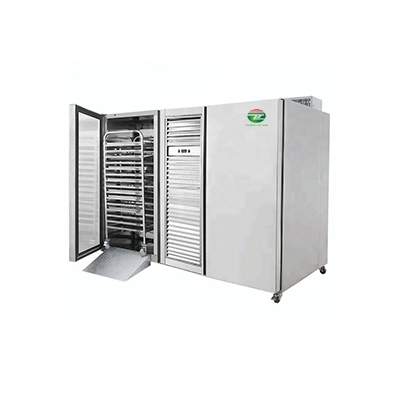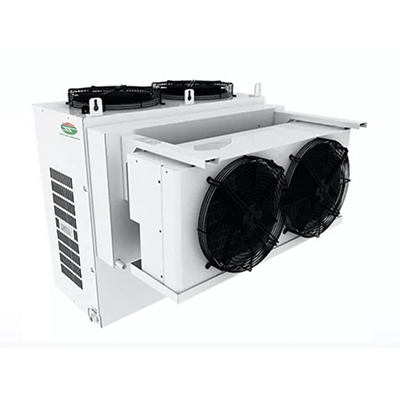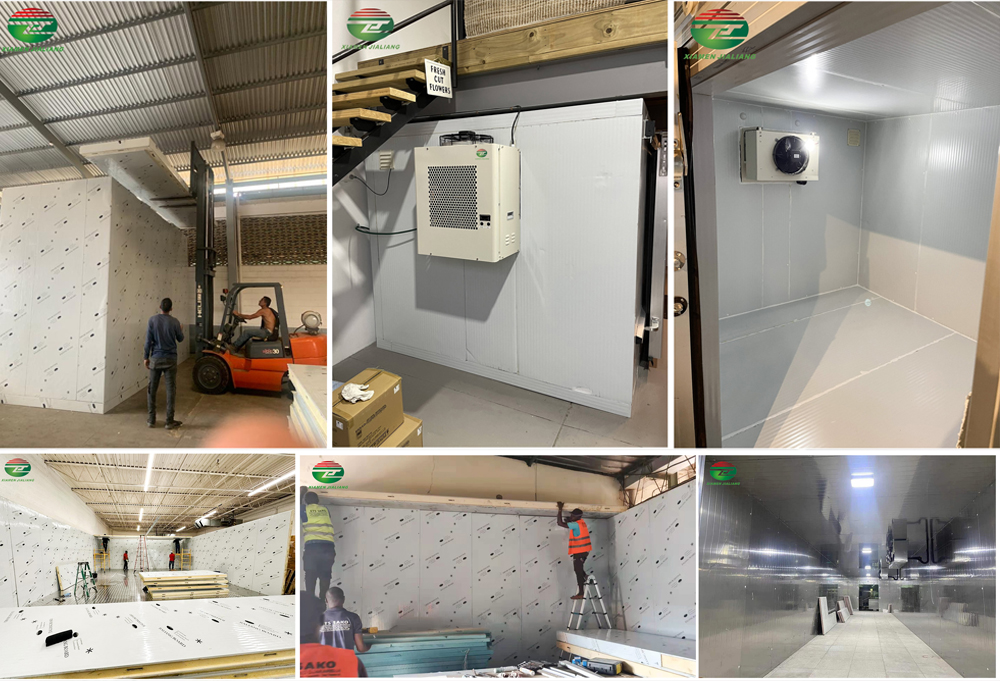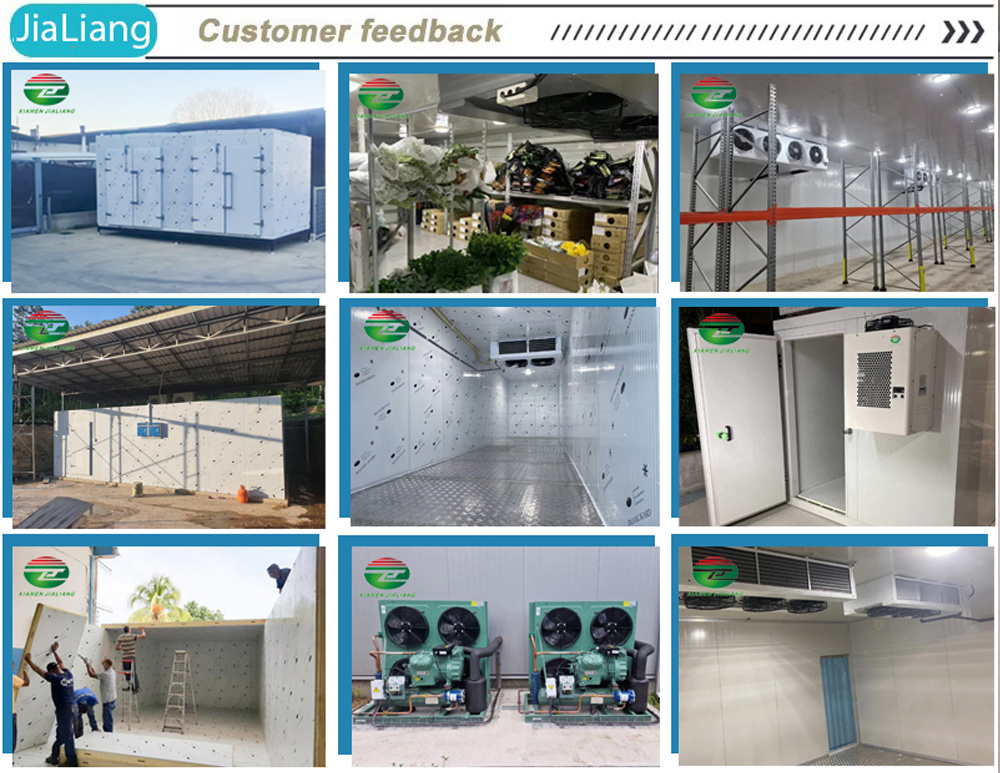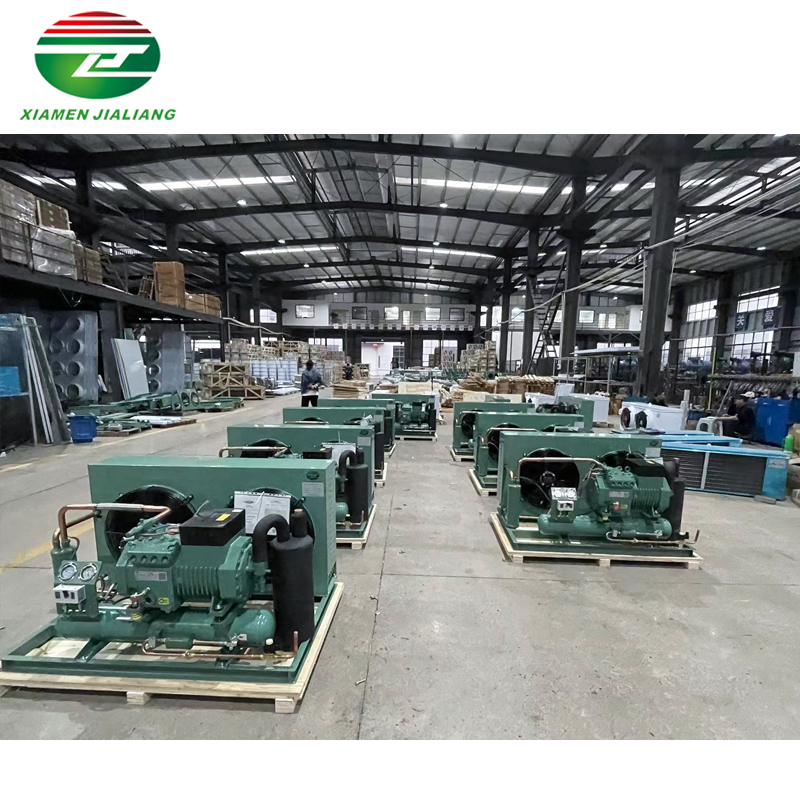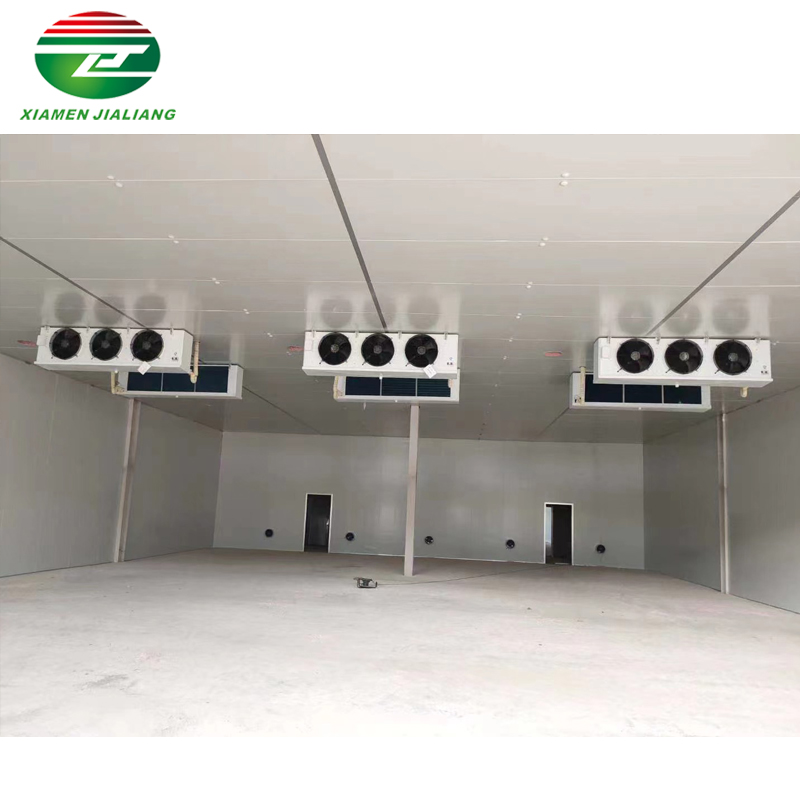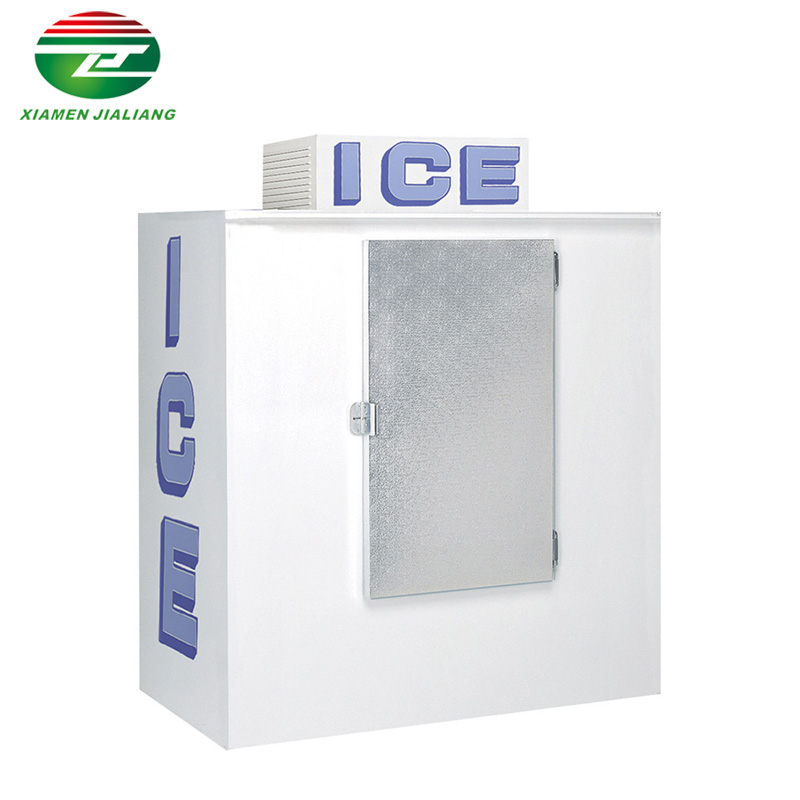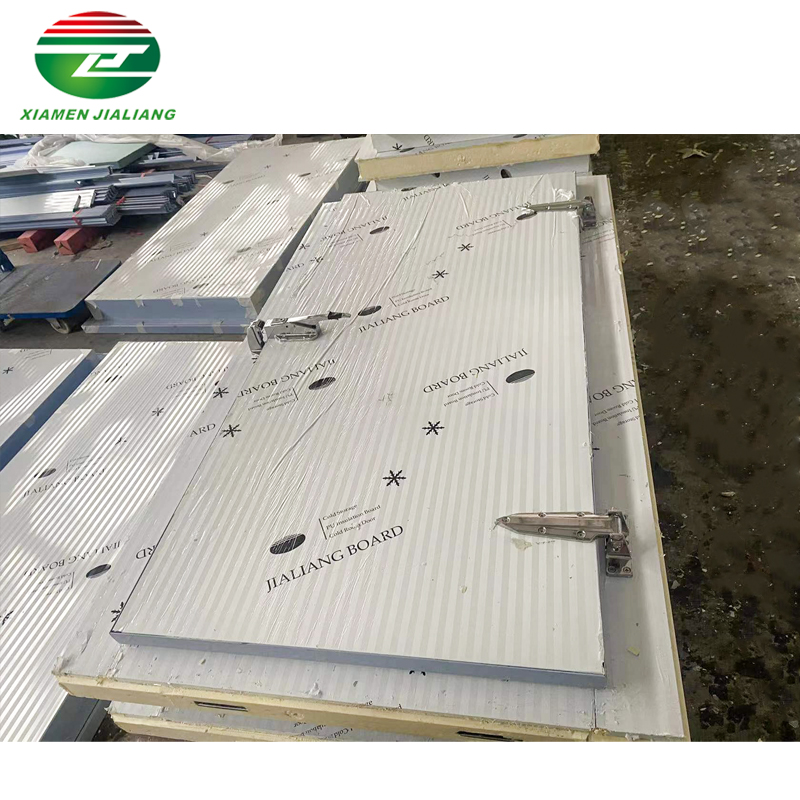What is a cold room, and why is it necessary for storing products?
cold rooms are typically equipped with specialized cooling systems
What is a cold room, and why is it necessary for storing products?
Imagine a world without refrigeration technology. It would be a challenging existence, with many of the conveniences around you nearly nonexistent, including your business.
When it comes to preserving products, one of the primary solutions is a cold room or cold storage facility. So, if you desire extended shelf life for your products, here's what you should know:
What is a cold room?
A cold room is a facility designed specifically for storing and maintaining a low-temperature environment. It is used to preserve perishable, sensitive, and temperature-vulnerable items such as food, pharmaceuticals, chemicals, etc. The main purpose of a cold room is to control temperature and humidity, thus extending the shelf life of goods and maintaining their quality.
Cold rooms are typically equipped with specialized cooling systems, including refrigeration equipment, fans, temperature sensors, etc., to ensure that the internal temperature remains within a specific range. Different types of cold rooms are categorized based on the required temperature ranges:
1. Low-temperature cold rooms: Used for storing items at extremely low temperatures, such as ice cream and frozen foods.
2. Medium-temperature cold rooms: Used for storing items that need to be kept at relatively lower but not extreme temperatures, such as vegetables, fruits, meats, etc.
3. High-temperature cold rooms: Used for storing items that require higher but not overheated temperatures, like flowers, pharmaceuticals, etc.
The design and operation of cold rooms consider various factors like insulation materials, temperature control systems, air circulation systems, humidity control, and more.
Interesting Fact...
Since the late 19th century, cold storage has been a significant part of the maritime industry. These cold rooms are located in warmer latitudes, where the commercialization of products and timing play a crucial role in the development of specific industries requiring stringent quality parameters.
Cold storage is also used for industrial purposes, such as storing chemicals at ideal temperatures for processing or slowing down chemical reactions (e.g., in temperature-catalyzed processes or in polymers).
Applications of cold rooms
Regardless of the products they contain, these rooms are highly useful for the following:
- Goods reception: Hygiene standards require businesses like warehouses and restaurants to have proper temperatures for receiving raw materials, which are then placed in various locations. A reliable cooling system is essential for such cases.
- Storage and product handling: This can enhance production and marketing, extend shelf life, and facilitate product transformation.
- Product display: In such scenarios, it's common to use walk-in or drawer-style doors, making it easy for end consumers to access products while creating an attractive sales point.
How Does Refrigeration Come Into Play?
Refrigeration is the process of reducing temperature by controlling the transfer of heat, and it plays a crucial role in cold rooms. Refrigeration systems typically use refrigerants (such as ammonia, Freon, etc.) to absorb heat and expel it from the interior of the cold room, thereby lowering the internal temperature. Here's how refrigeration intervenes in cold rooms:
1. Vapor compression cycle: This is the most common refrigeration method, also known as the refrigeration cycle. Refrigerant flows through four basic components in the refrigeration cycle: evaporator, compressor, condenser, and expansion valve. In this process, refrigerant absorbs heat from the evaporator, lowering the temperature inside it. The refrigerant then passes through a compressor, where its pressure and temperature increase, and it releases heat into the condenser, causing the refrigerant to cool and condense into liquid form. Finally, the refrigerant is depressurized through an expansion valve, returning to the evaporator to absorb heat once again. This cycle repeats to maintain a low-temperature environment inside the cold room.
2. Fans and circulation system: cold rooms typically have fans and air circulation systems installed to ensure even distribution of cold air throughout the space, preventing heat buildup. Fans help ensure uniform cooling across all corners and avoid temperature inconsistencies.
3. Temperature control system: Refrigeration systems are usually managed by a temperature control system. This system monitors the internal temperature of the cold room and operates the refrigeration cycle based on predefined temperature ranges. If the temperature rises, the control system initiates the refrigeration cycle until the temperature returns to the set range.
4. Insulation materials: cold rooms require efficient insulation materials to minimize the infiltration of external heat. These materials help maintain a stable internal temperature and reduce the load on the refrigeration system.
How to Choose the Internal Temperature of a cold room?
The internal temperature depends on the materials or products to be stored. One known application is food storage, where frozen foods are stored at sub-zero temperatures. Local vegetables and fruits are stored at around 0°C, while tropical and subtropical fruits are stored at temperatures ranging from 5 to 13°C.
How Are cold rooms Designed?
Good design involves considering not only equipment choices but also the positioning for personnel safety. To ensure safe access and operation of a cold room, contractors, engineers, and owners need to be involved in the project, determining cooling system choices through lifecycle cost analysis and energy efficiency.
Common Mistakes in cold room Design
Despite the critical importance of cold rooms for commercial purposes, it's surprising that poor design and construction practices are still prevalent. Some of these include:
- Using non-insulating materials on the walls and ceiling of the room. For instance, using materials without polyurethane insulation panels or boards.
- Improper room dimensions that hinder product manipulation and storage.
- Cooling system in the room not aligned with the products you intend to preserve.
- Lack of proper entry systems to the room, making temperature fluctuations hard to control.
What Should You Do?
Proper product preservation isn't a choice; it's a necessity. By ensuring this process, your company's profits will greatly benefit. A good starting point is to define your requirements and the process type your products require, so that you not only quote the right equipment but also provide a specific and professional design for your company.
If you'd like to learn more about cold rooms and their products, please contact us. Our website is www.coldroomchina.com.

